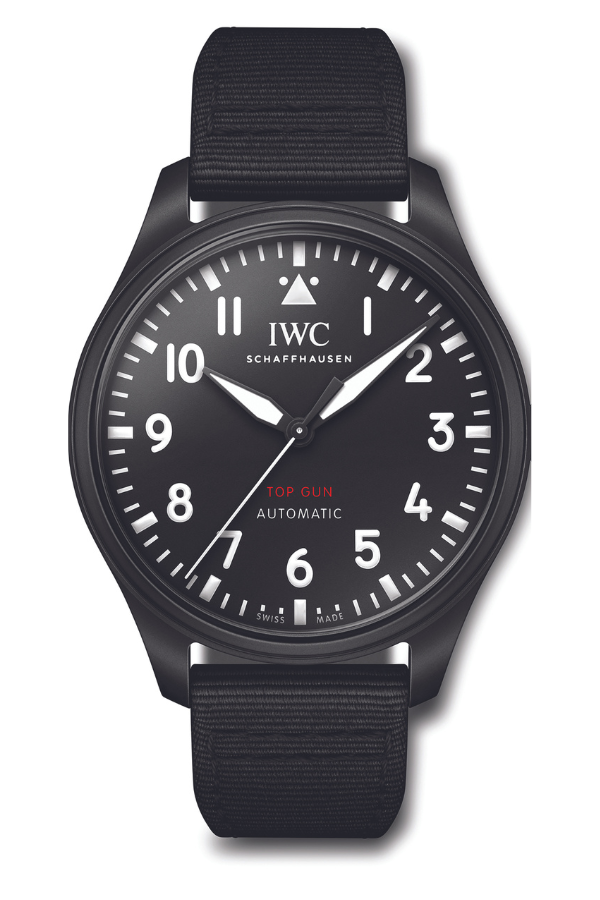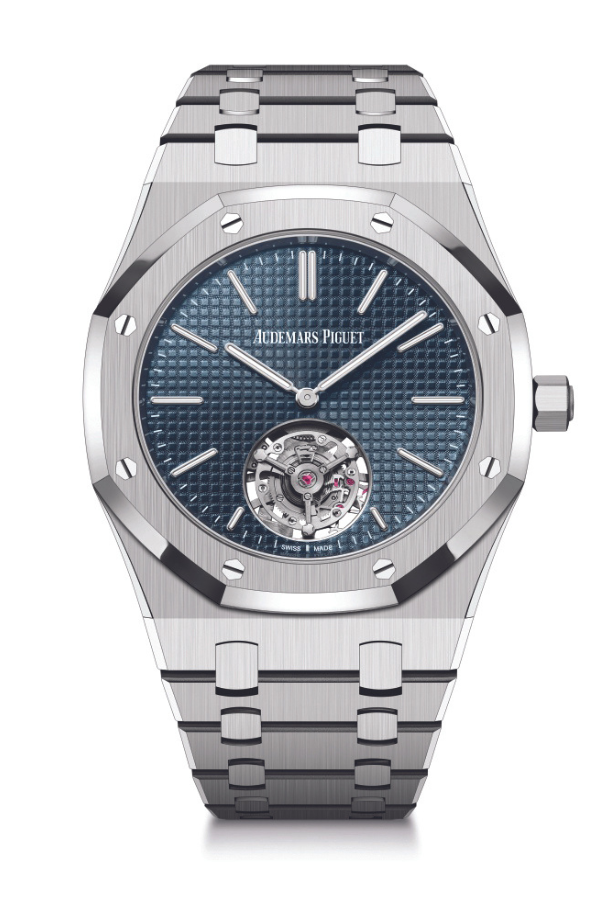Petros Protopapas is a petite man with a professorial air and a penchant for bow ties and tweed. He can also scarcely believe his luck. “I am living my dream,” he insists, speaking over Zoom from Switzerland and reflecting on his position as the head of brand heritage for Omega. Given that for many years Protopapas worked in a completely different industry as a commercial pilot, he may seem an unlikely choice for this highly specialised role. That’s until the conversation turns to the brand he adores. Ask Protopapas anything about Omega and you won’t get a short answer but a full-blown history lesson delivered with authority and palpable glee. Ten minutes later, you’re sure to be significantly more informed about, say, the thinking behind the hand set on the Alaska Project Speedmaster or the pioneering metallurgy of the PloProf. “He’s a monster of knowledge,” insists the Omega CEO Raynald Aeschlimann with visible pride. “Petros is our Wikipedia of Omega.”
Protopapas’s fascination with the brand was kindled when he was given his grandfather’s 1964 Omega Seamaster as a graduation gift. He slowly became a collector and began scouring flea markets and garage sales for vintage pieces. “Back then you could really make amazing discoveries, finding 18-karat, pie-pan Constellations for $5,” he recalls. But his real education came from a friendship he struck up with a private importer of Omega watches in Greece. Protopapas would spend hours in the man’s basement, poring over the watch papers that accompanied the man’s purchases and detailed the product references and technical info. “Every free day I had, I was in their house, going through papers, learning stuff and getting access to really firsthand information that no collector was able to see,” he says. “So I got a very early start before the internet really took off.”
Armed with this insider info, Protopapas’s infatuation with Omega grew and his collecting became more serious, until he became such a regular presence at the boutique that the brand invited him to the 2008 Beijing Olympic Games as the Greek VIP guest. It was there that he met Aeschlimann, who was struck by his encyclopedic depth of knowledge. Protopapas was promptly offered a position at Swatch Group in Greece, firstly in the customer service department due to his knowledge of spare parts and later as a sales trainer, which had him educating staff on the provenance of the watches. Finally, he was offered his current position, heading Omega’s heritage department and overseeing the Omega Museum.
The latter is based in the Swiss town of Biel and is a treasure trove of Omega’s horological adventures, which stretch back to 1848. Wandering around the museum, you’ll find everything from a full-size moon buggy, which marks the brand’s triumph of becoming the first watch on the moon, to a section of a running track that features the technology Omega used to time the track and field events at the 2020 Tokyo Olympics. Timepieces worn by various James Bonds are displayed in glass cases, as is the prototype watch that the adventurer Victor Vescovo attached to his submersible when he went deeper than any person had before, descending 10,935 metres to the bottom of the Mariana Trench. “For me, it still feels like being a kid in a candy store,” says Protopapas.
Omega may boast a particularly illustrious history, but it’s not the only company hell-bent on celebrating its past. Others who’ve invested in dedicated museums include Audemars Piguet, Patek Philippe, Jaeger-LeCoultre, Vacheron Constantin, IWC and TAG Heuer. Many other brands, meanwhile, have their own heritage departments that seek to ensure no anniversary goes unheralded and every former glory is retold by the marketing teams in technicolour detail.


The watch world, in short, is obsessed with the past and nowhere is this nostalgia more evident than in the endless vintage reissues that are inspired by the archives and retooled with the latest tech. This year, for example, Vacheron Constantin celebrated its 222nd anniversary by bringing out the Historiques 222, a faithful take on the integrated-bracelet sports watch it launched in 1977. That was also the year of release for the Heuer Monaco Dark Lord, an extremely rare collector’s piece that TAG Heuer has just updated with a spanking new version. The Jaeger-LeCoultre Polaris Date in green is the latest entry into the brand’s Polaris family (reintroduced in 2018 to celebrate the original’s 50th anniversary), while Longines recently brought back its 1968 Ultra-Chron Hi-Beat diver, Baume & Mercier is hammering its Riviera collection from the ’70s and Cartier continues to breathe fresh life into its Pasha line, which was resurrected from the 1980s. Observing so many brands ransacking their back catalogues for inspiration, one is reminded of the line F Scott Fitzgerald wrote for his lead character in “The Great Gatsby” (1925): “Can’t repeat the past? Why of course you can!”
“It’s obviously more and more prevalent, no doubt,” says Patrick Stewart, a qualified watchmaker who now works as the commercial director of the multi-brand watch retailer Kennedy. “When did I notice this trend develop some legs? Probably around 2010. I was working with LVMH at the time and remember TAG Heuer reintroducing the Heuer logo and losing the ‘TAG’. Now that’s not to say that was the beginning of it, nor do I give credit to TAG Heuer as necessarily being the catalysts towards nostalgia-driven watch revivals. But that was the point I noticed it.”
Reflecting on the roots of the trend, Stewart points out that there is something almost inherently anachronistic about our love affair with timepieces, so our habit of looking backwards is hardly surprising. “We don’t need to tell the time on our wrists anymore, but we’re also drawn to it,” he says. “And I think that a watch is such a classic piece of jewellery that, subconsciously, we like to hold on to this historical connection.
“What is always fascinating to me about watches and watchmaking is the history of the technology,” continues Stewart. “Despite all our advancements, we’re still using centuries-old technology, without really much changing apart from the materials we use and the lubricants. For the most part, the technology is the same.”

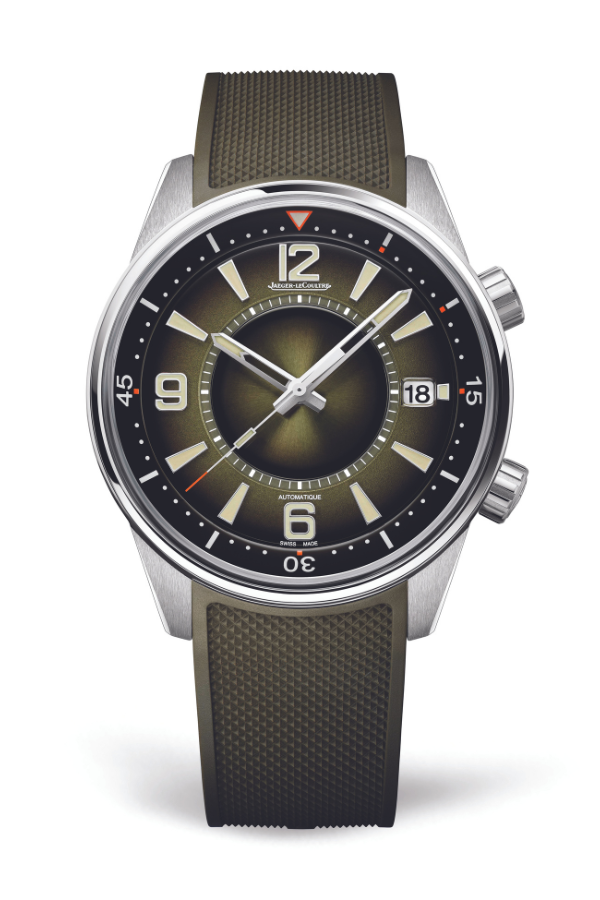
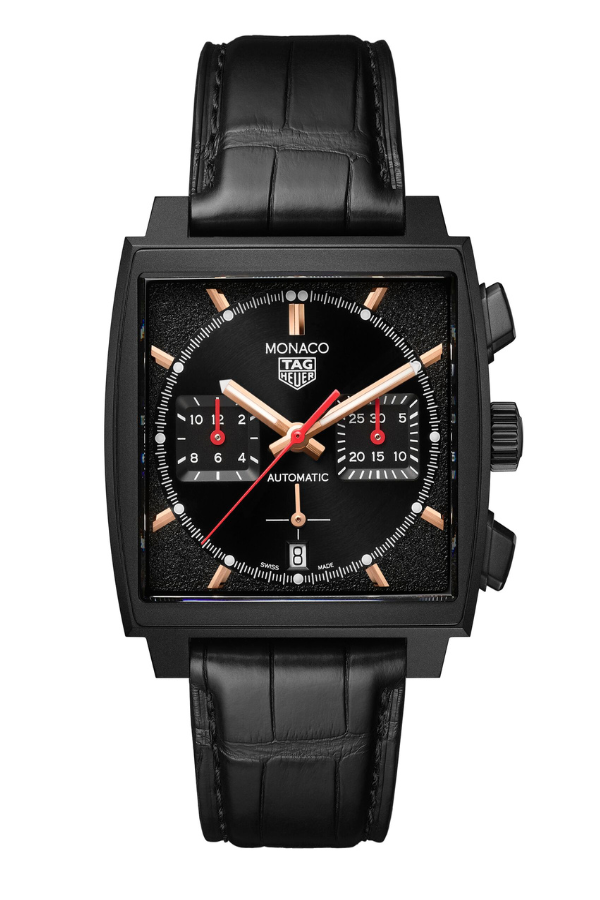
Another big driver is the fact that modern consumers seem to seek a sepia-tinged look that’s redolent of the past. The Patek Philippe 5226G-001, for example, might be a new design, released this year, but the off-white lume on the hands and indices make it look like it has gradually yellowed with the passage of time. It’s a practice so prevalent in the industry — the equivalent of denim brands selling jeans with pre-made rips — that it’s spawned the portmanteau “fauxtina”.
It’s hard to separate all this from one of the biggest overarching watch trends: the inexorable rise of the pre-owned market. Not only are auction houses enjoying great returns on many vintage watches, online trade in the secondary market is also booming. McKinsey & Company expects that over the next three years pre-owned watch sales will climb by up to 10 per cent annually, increasing to $43-47 billion in 2025.
Yet Protopapas believes the reason brands return to the past is to reinforce their credibility. Showcasing a long history allows a company to reassure consumers by asserting its provenance and authenticity, he notes. This deepens the value perception while adding a sprinkle of prestige, not to mention offering an irresistible brand narrative for marketing purposes. “We can interpret heritage as history or DNA,” he says. “So anything that is heritage- or history-related gives legitimacy to whoever is using it. That’s not just important for watchmaking brands, it’s important to brands as a whole. That’s why the companies who have history — and it’s not like everyone has it — choose to highlight it. Because it’s the base for everything. It’s not marketing. It’s your history.”
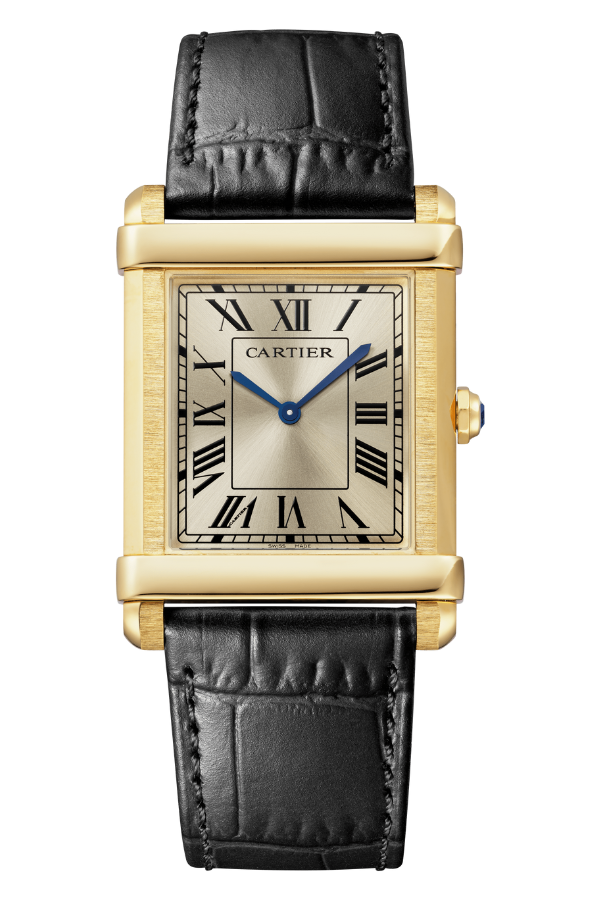
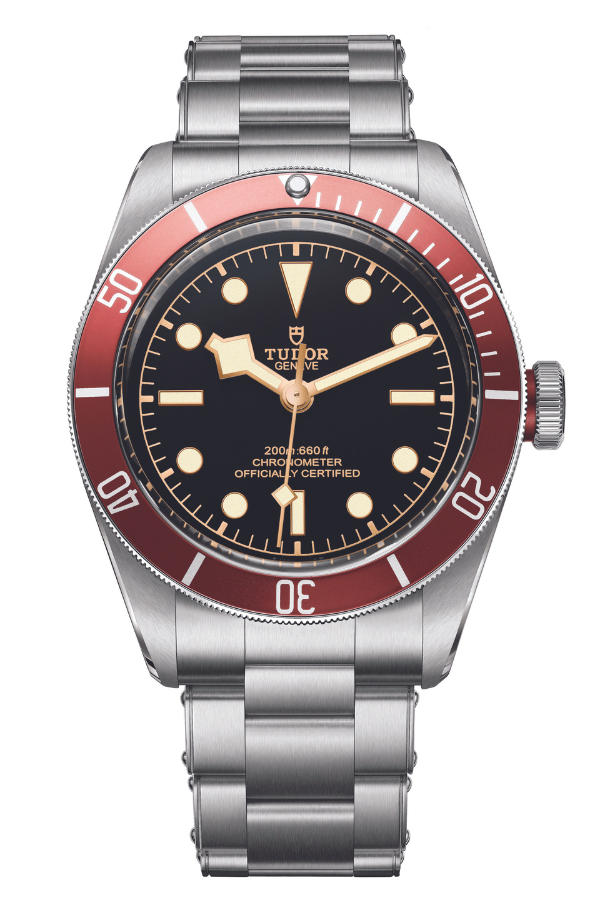
But what, then, do you do if you’re a newer brand that doesn’t have a long history and you’re trying to establish yourself in a notoriously sniffy industry that rarely welcomes newcomers? After years as the market leader in luxury pens, Montblanc started making watches in 1997. The brand invested heavily, establishing a dedicated watchmaking facility in Le Locle, Switzerland, that gradually developed full manufacture status, meaning it could produce entire watches, including their movements, in-house. Despite these valiant efforts, Montblanc initially struggled to gain acceptance so it got creative. In 2007, it bought Fabrique d’Horlogerie Minerva, a revered specialist in mechanical movements. Lacking a watchmaking history of its own, it simply acquired one.
The Minerva deal shows just how prized the cachet of heritage is in the watch world. But the industry’s emphasis on the past does carry a certain risk. Watch brands, after all, specialise in making technical instruments that live or die by their accuracy and precision. And if you’re not careful, nostalgia can be the enemy of progress. This, Protopapas insists, is a fact that Omega is acutely conscious of. Sure, it may have spent two years painstakingly recreating the Calibre 321 movement that sat inside the Speedmasters that accompanied the Apollo moon mission astronauts into space. But Omega is also committed to defining the future of watchmaking and places great emphasis on technical innovation — this year, for example, it released the Ultra Deep, a civilian dive watch that’s water-resistant to an extraordinary 6,000 metres.
“If you only look backwards because you have history, then you become repetitive and nobody needs you anymore,” says Protopapas. His advice for the industry? “Keep your history visible but don’t overdo it. You don’t want to become a shadow of your former self.”
